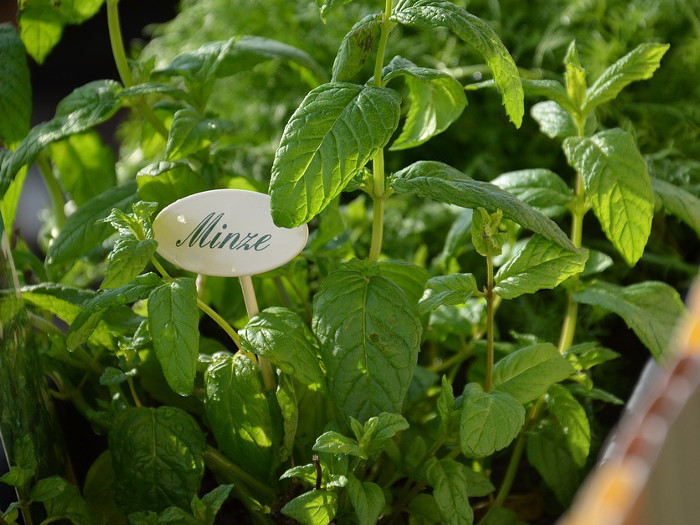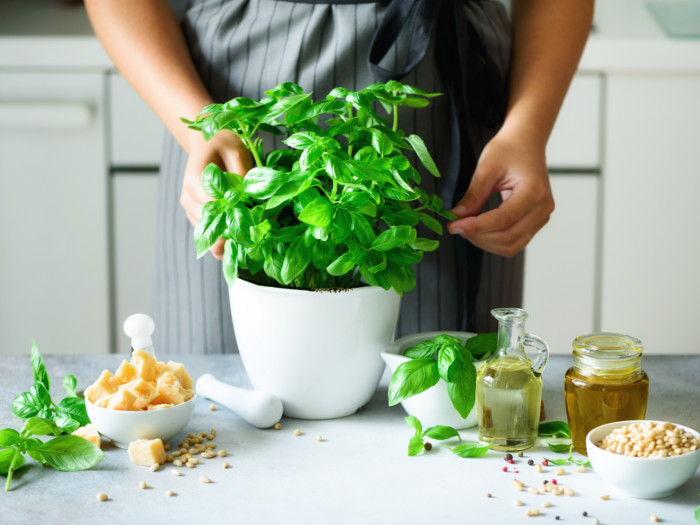Downsizing is the idea of living a minimalistic, sustainable life that’s trending in recent years. Tiny homes are popping up all over the US and are popular among millennials and the elderly for its many benefits including mobility, financial freedom, and more time outside.
A report published in the Journal of Physiological Anthropology revealed that interaction with indoor plants can help reduce stress levels and regulates blood pressure. It’s not just health benefits that make having houseplants attractive. In fact, minimalists prefer growing their own food to increase their independence. No wonder, millennials are always looking out for information on gardening tips for tiny homeowners! [1]
Gardening Tips For Tiny Homeowners
You don’t have to give up on having a garden outside a smaller home. Here are some gardening tips for tiny homeowners.
Flower Pots
The benefit of having a tiny house is being mobile. Being able to pick up and leave on a whim is a luxury most of us would love. So it makes sense that you’d want your vegetables to go with you. By planting them in pots, you can place them on your porch or a flat roof. You can even plant an herb garden in your kitchen. Then when it’s time to move on, just bring them inside and go.

Having your own herb garden can be a therapeutic experience. Photo Credit: Shutterstock
Compost
Composting is the key to independent living. According to a report published in the Cornell Waste Management Institute, it helps reduce your impact on the environment and keeps your gardens healthy. Buy a compost bin or designate an area to be your compost pile. Next, you’re going to need to find the materials to put in it. [2]
Compost is anything biodegradable. Leaves and grass clippings are going to be your main ingredient, and you’ll have plenty of them. You can also add:
- Paper
- Eggshells
- Fruits and vegetable scraps
- Cardboard
- Tea bags
- Nutshells
- Dead plants
Lasagna Garden
Planting a new garden isn’t easy. You have to dig up the sod, move rocks, and add fertilizer. But you can roll these steps into one by making a lasagna garden. Simply layer newspapers, leaves, cardboard, and organic materials on top of each other. It’s best to do this in the fall, so the compost has time to break down. Over the winter, the organic material will break down, and the sod underneath will die and turn to dirt. By the time spring arrives, you’ll have a brand new garden.
Raised Garden
Raised garden beds are not as mobile as pots but are a great alternative to traditional gardens with more benefits. With a raised garden you won’t have to bend over to weed or pick. It will also be out of reach for common garden pests like groundhogs and rabbits. You’ll also have fewer weeds to deal with since the weed seeds will have less surface area to spread.
A raised garden is also pleasing to the eye, allowing you to get creative. Put some brick pavers down between the rows. Stain or paint the wooden flower borders to your liking.
Houseplants
Houseplants are a great way to enjoy nature and minimize space. Most houseplants are low-maintenance and require little attention. You won’t have to worry about weeds, weather or pests.

Basil is a herb of the family Lamiaceae. Photo Credit: Shutterstock
Some low-maintenance houseplants include:
Gardens, like homes, don’t have to be large for you to enjoy. Consider these gardening tips for tiny homeowners and reap the many benefits this spring.
